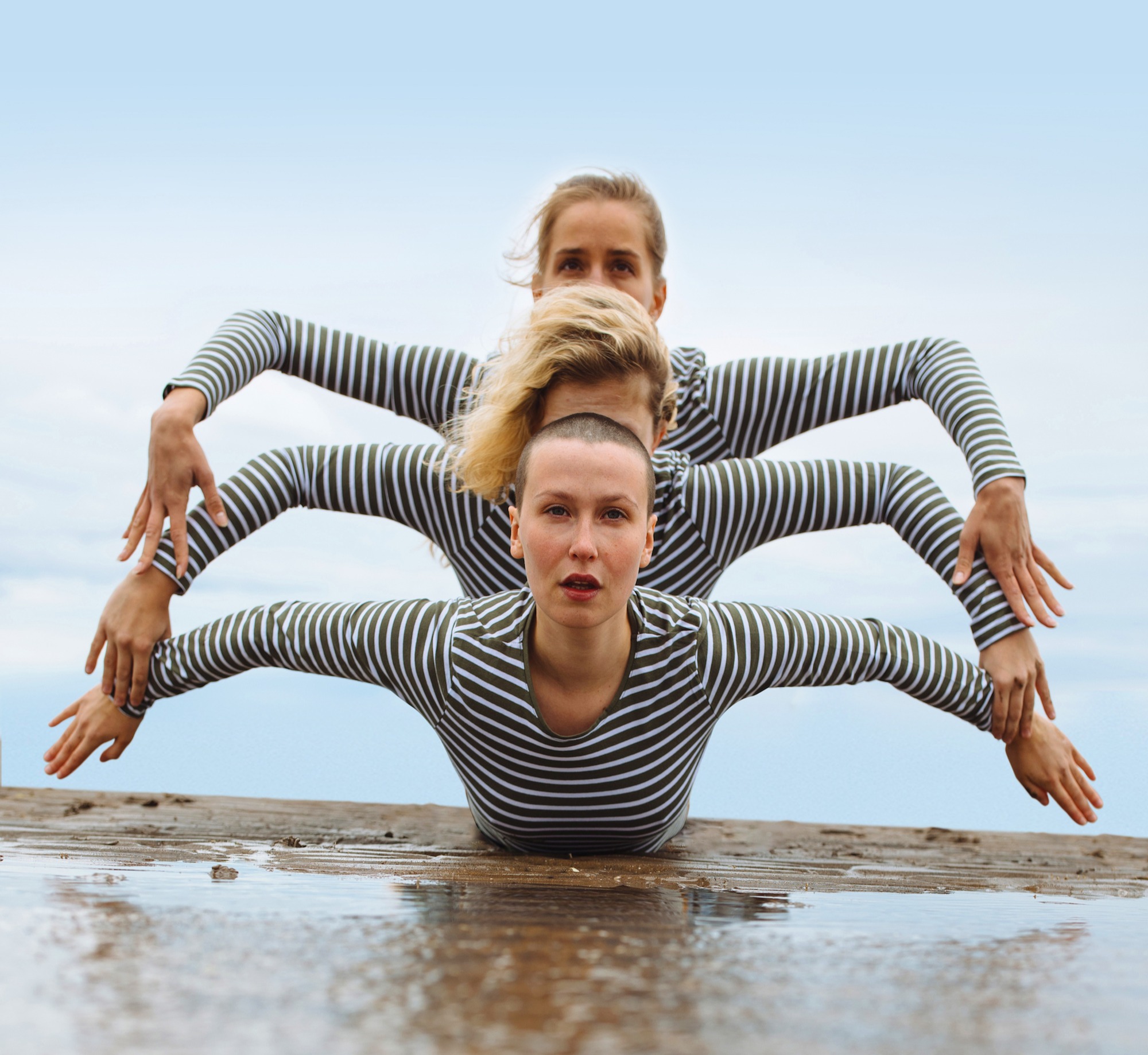Natasha Gilmore: 'We have the opportunity to make people think’

Some stories stand the test of time. Others go a step further and draw in writers and artists again and again to reinvent them. Greek myths, in particular, are experiencing a resurgence at the moment, in both literature and theatre. Now, with Barrowland Ballet’s new take on the Icarus myth, that Greek renaissance is being extended to dance. Too Close To The Sun has been made specially for Edinburgh International Children’s Festival, although co-creator Natasha Gilmore says her fixation with the story stretches back to childhood.
‘As children, my co-creator Rob [Alan Evans] and I were adamant for a while that we could probably fly,’ she laughs. But there’s a serious side to this childhood whim. ‘The possibilities of the world as a child are much more flexible, and I thought that was really interesting. So the starting point was the Icarus story.’ Having researched the ancient tale of the boy who was desperate to take flight, Gilmore began working in rehearsal with dancers; it was then that the piece’s major contemporary themes began to emerge.
‘Sometimes when you’re making work, the work itself starts sort of dictating things to you,’ she says. ‘This girl [the show’s main character] is on an island and the world is coming in towards her. We started creating waves that are quite simple, but very effective, using rubbish, bubble wrap and plastic bags. It became clear then that the environmental issues of the younger generation, and that sense of anxiety building and closing in, should be the focus.’

Too Close To The Sun / Picture: Jassy Earl
Devised as a collaboration between Gilmore (a choreographer), Evans (a playwright), composer Davey Anderson, and designer Fred Pommerehn, words are kept to a minimum and the storytelling plays out mainly through sound, visuals and movement. It’s a story within a story: of a girl obsessed with Icarus, fixated on the idea of a boy who could fly. As this girl’s world erodes through the environmental crisis, Gilmore says that she becomes ‘haunted’ by the myth and obsessed with a desire to fly away herself.
As well as taking the story from ancient Greece, Gilmore and Evans have also incorporated the mechanisms of Greek drama into the tale. The piece features a chorus, which Gilmore explains is used in Greek theatre ‘to tell us something about a character’s psyche, as well as the background of the story.’ Meanwhile the theme of climate change is borne out in the production’s design, with part of the set made from recycled rubbish, albeit curated to create a beautiful and artistic effect.
When Gilmore’s son got involved in the 2021 COP26 conference in Glasgow, it helped focus the awareness she already had about young people’s worries regarding the climate crisis. ‘COP26 meant that children realised a weird combination of how powerful they were but also how they have no control whatsoever,’ she says. Gilmore has worked with young people on the issues explored in the piece through engagement with her local primary school; the company are also still working on ways to disseminate information after each performance, to keep the conversation going. ‘I just feel like the conversation has to come from them and the main thing is to stimulate conversation, to make people feel less alone.’

Protest / Picture: Ali Wright
Too Close To The Sun is not the only piece in the festival tackling sources of anxiety to young people. The other main commission, Protest, by acclaimed Edinburgh makar Hannah Lavery, deals with various issues children and young people have to grapple with, including the environmental crisis, racism and building self-esteem. For Gilmore, the answers to such worries are not simple but she believes that fostering a sense of community can be the first step. ‘I think we are trying to look at strength in numbers. If we have these conversations with the people who are affected by this type of anxiety, as soon as you’re not fighting alone, it’s already much easier.’
And that, for Gilmore, starts in the theatre, by creating not only an issues-based story, but a piece that does not forgo its purpose as a piece of art. ‘First of all, we think about making a really beautiful piece of work that will resonate with people and make them feel more connected and more hopeful. And then, within that, we have the opportunity to make people think.’
Too Close To The Sun, Traverse Theatre, Edinburgh, Wednesday 31 May–Saturday 3 June; Protest, The Studio, Edinburgh, Monday 29–Wednesday 31 May.